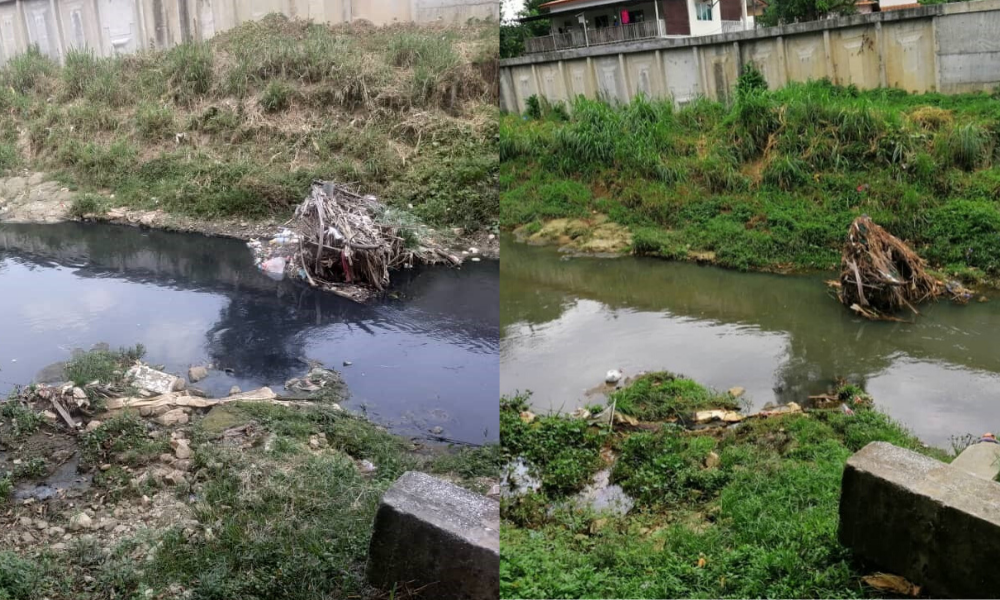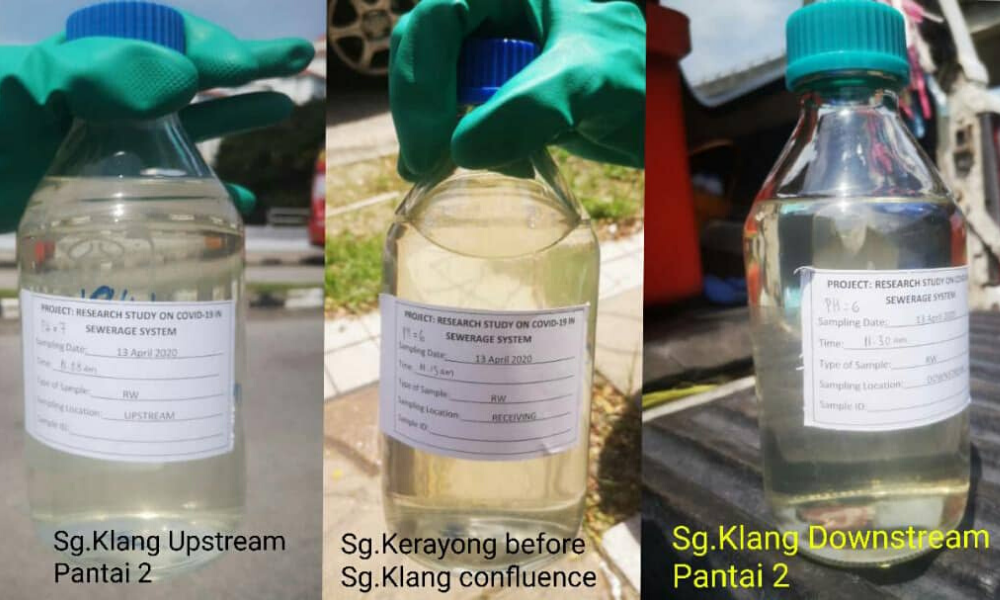In the midst of the current global pandemic of COVID-19, there seems to be a silver lining for the environment. As human activities outdoor decreased, there were increased stories of improvement on the environment. Globally, countries have seen their waterways clearing up and native animals returning to their natural habitat as human activities slowed down drastically.
A similar scenario is happening in Malaysia, as those living nearby Klang River recently reported that the water has been noticeably clearer and cleaner. Global Environment Center (GEC), in a recent news report stated significant improvements in river conditions, particularly Sungai Gombak, Sungai Way and Sungai Kemunsing, since the Movement Control Order (MCO) commenced last month.

These rivers used to be the “victims” and hotspot of pollution with floating rubbish running through commercial, industrial and residential areas. As a matter of fact, many rivers in Malaysia are highly polluted which resulted in the disruption of water source in many states, particularly Selangor.
Last year, Selangor went through the agony of water disruption, mostly attributed to irresponsible acts of individuals who had damaged the environment. Incidents of criminals dumping waste illegally into the sewer pipelines crippled the normal routine of water supply to households. As a national sewerage company, Indah Water Konsortium (IWK) Sdn Bhd had to deploy additional resources to curb such actions, but there are more than 400,000 manholes nationwide, which could be potential crime spots for parties intending to cause harm.
As an essential service, IWK also continues to operate and maintain the public sewerage system, providing sewerage services to households in Malaysia. Having long been in the difficult, dirty and dangerous (3D) scene, they are often unseen as the work involved comes at the very final stage of the water cycle – treating waste water from premises to a level where it can be safely released into the water ways in the form of effluent.

The operational frontliners managing the assets of 8,147 Sewage Treatment Plants (STPs) and network pumping stations are doing their level best to ensure that the sewerage system runs smoothly throughout this difficult period. The sewage treatment plants are operational 24 hours a day, 7 days a week, 365 days a year. It is also especially during this crucial period that utility accessibility to households cannot afford to stumble or fail, otherwise its impact could even be more severe.
While human activities and movement are restricted, IWK sewage treatment plants continue to discharge effluent into some of these rivers that had experienced significant improvement. The quality of effluent discharge is treated to a level where it can be safely released into the rivers. This is because IWK’s operation complies with standards set by the regulators and authorities. For instance, there are 954 IWK’s STPs with 9,800,000 population equivalent, which discharge equivalent to 2,200 million litres per day (mld) into Klang River and all these STPs releases effluent as per standards set by the Department of Environment (DOE).

However, what many people are unaware of is the various pollution points along the river. Aside from effluent discharged from sewage treatment plants, there are also wastes from industrial waste treatment plants, leachate treatment plants, wet markets, agricultural and farming areas without dedicated treatment facilities, sullage, illegal dumpings and squatters areas. Without proper management of these wastes, it will pollute our rivers.
Recently, Sungai Tasek Anak near Pantai Tengah Langkawi experienced cleaner water quality as compared to pre-MCO period. IWK used to get the blame, various times, of discharging “black water” by some of the nearby communities. But since the temporary closing of commercial sectors such as hotels and restaurants during MCO, IWK’s Pantai Tengah Regional Sewage Treatment Plant LKI029 (RSTP) has contributed significantly to clearer water in Pantai Cenang and Pantai Tengah, discharging 4.16 MLD of effluent into the water way.

While the MCO period has proven beneficial to the environment, one wonders what will happen when the exercise is lifted with and the masses and public reverting to their daily routines. If we do not care for our rivers, destruction on one of our most valuable water resources beckons. Hence, in this MCO period, it is with great concern that IWK continues to remind the public to be vigilant of such activities and continuously work in unison to care for the environment.
We hope the public can appreciate the services provided by IWK that is now proven to be seen visibly. IWK has over the years brought tremendous improvement to the efficiency in the operations of all public sewage treatment plants despite being denied with tariff adjustment for 26 years and is highly compensated by the Federal Government. Its current tariff is the lowest in the world having unable to cover operational expenditure with year-on-year collection efficiency of 60%. The awareness on the importance of treating sewage is important as it ensures a better living environment for all of us.

